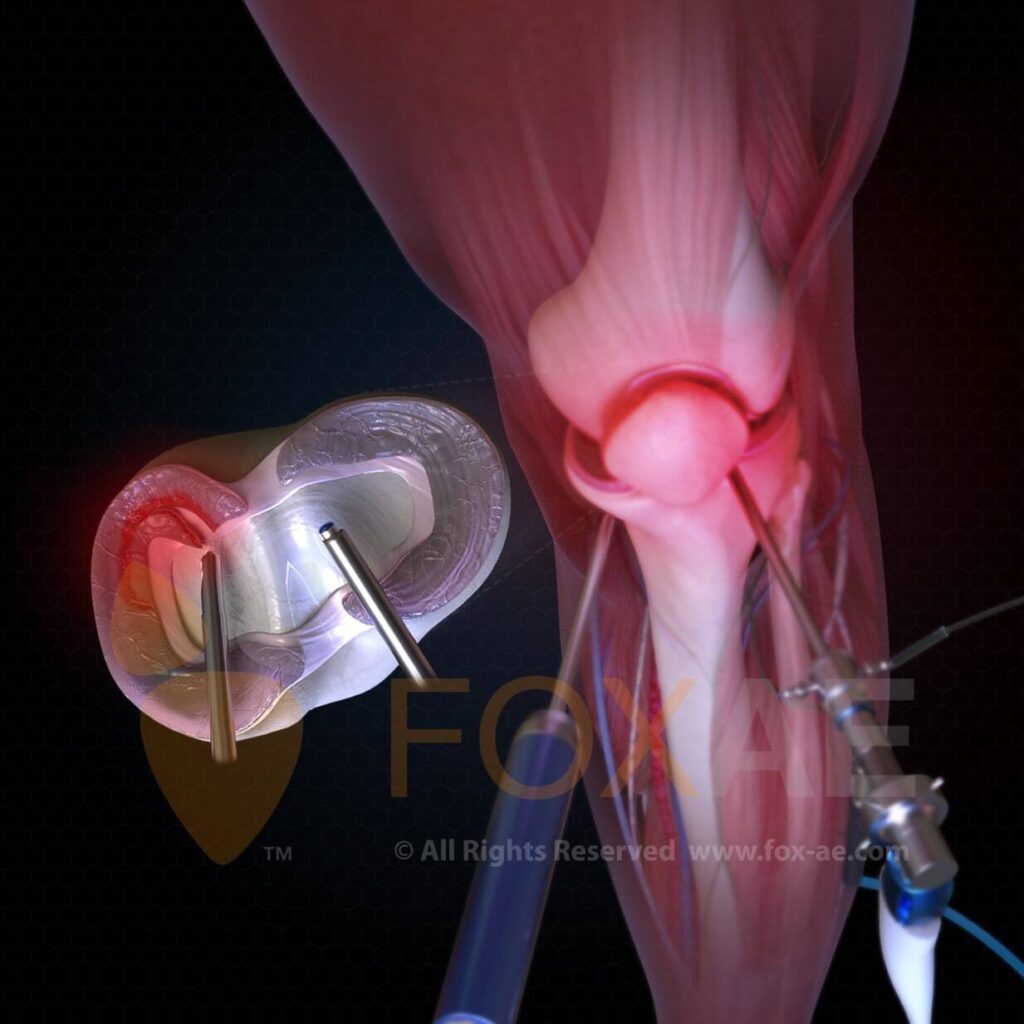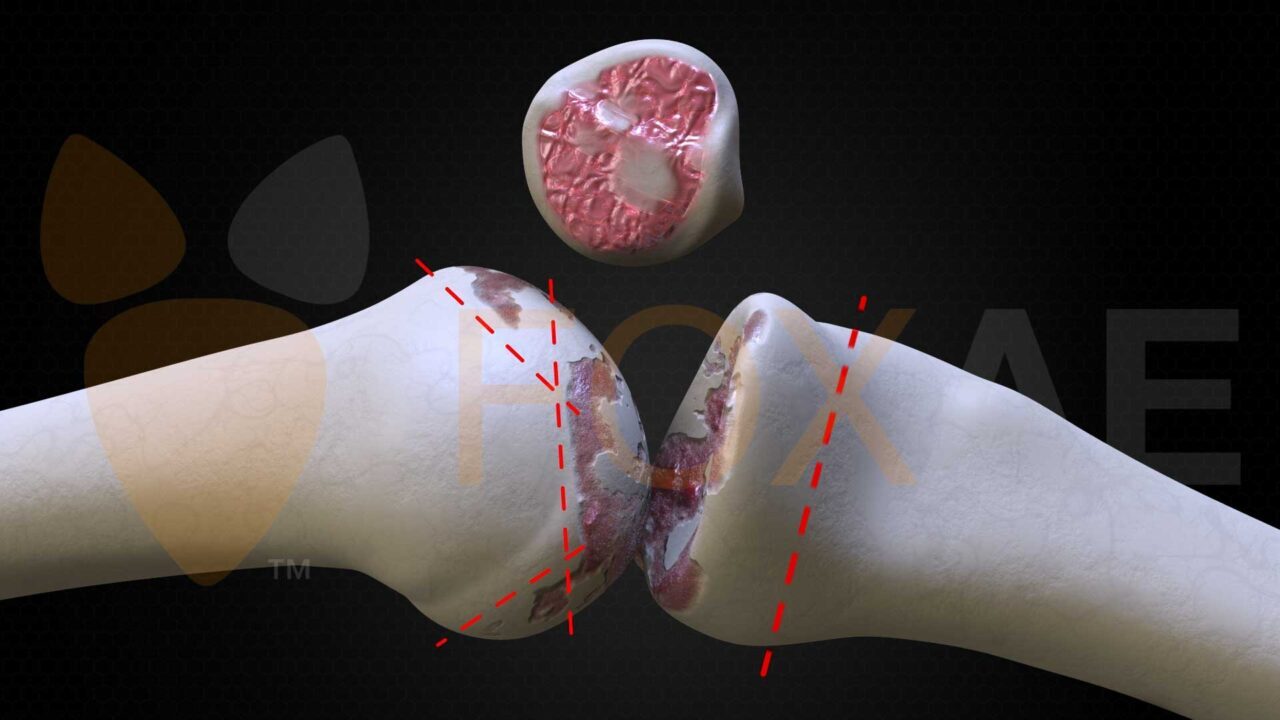1 in 20 patients undergoing a knee replacement surgery will need follow-up surgery in 12 years. This surgery sounds quite like a severe kind of surgery. Well, because it is. And as serious as it is, it could come with a few complications at the slightest error.
It also brings a lot of pain in its wake, as the surgery involves postoperative pain and requires consistent physical rehabilitation during the healing process. It could take about 12 weeks or more for a patient to recover from this procedure. During the recovery phase, they use aids such as canes and crutches for movement.
There’s usually only one goal when it comes to knee replacement surgery. This goal is to input a new surface covering to the parts of the knee joint that have been damaged for one reason or the other to soothe extreme pain that could not be treated by other means. Let us take a further look into what this sensitive procedure entails.
What is Knee Replacement Surgery?
According to a medical publication, knee replacement surgery, also known as knee arthroplasty, “is a surgical procedure to resurface a knee damaged by arthritis.”
This definition, of course, is in its simplest form. The knee has some parts known as weight-bearing surfaces. When these parts are replaced to relieve pain and disability, it Is known as knee replacement surgery.
Usually, the pains leading to this procedure are those that other minor medications couldn’t treat. The surgery is also used to treat various forms of arthritis.
The surgical procedure could either be a partial or total knee replacement depending on the severity of damage caused. However, the exact condition applies for either type; removal of the damaged knee joint surfaces and replacing it with components that would allow knee mobility to continue.
Understanding what knee replacement surgery is, it is paramount to know what could lead to or warrant a knee arthroplasty.
What could be the need to go for a knee replacement surgery?
The bottom line is severe pain, which could arise from sports injuries, repeated falls, or emergency trauma.
Severe pain in the knee could also be caused by various types of arthritis, as mentioned earlier, such as osteoarthritis. This degenerative joint disease causes joint cartilage breakdown, primarily in middle-aged and older adults. There is also rheumatoid arthritis- which causes the synovial membrane to be inflamed. Hence, resulting in excess synovial fluid causing stiffness and pain, and traumatic arthritis- which can cause damage to the knee cartilage.

Risks Involved in Knee Arthroplasty
While the knee replacement procedure is widely known and practiced by medical practitioners, it doesn’t come without complications if poorly done.
The procedure can lead to infections. Patients may also notice shaking chills, increasing redness, tenderness, swelling, and pain in the area.
More difficult complications are the drainage from the surgical site, formation of excess bone around the artificial knee joint, allergic reaction to bone cement(if used), numbness or persistent pain in the surgery area, and blood clots known as deep vein thrombosis (DVT), nerve damage, wounds and bleeding, knee stiffness, artery injuries, implant problems, stroke, heart attack.
In a worst-case scenario, the leg could be amputated.
Seeing that there are many risks attached to this surgery, medical practitioners must be well-trained to carry it out with utmost care to avoid mishaps.
An example of errors during knee replacement surgery can be seen in this case. Here, an orthopedic surgeon performed knee surgery on a patient. The patient underwent intensive physical therapy after the procedure and began complaining of pain in his right Achilles tendon after two months. An MRI scan revealed later that his Achilles tore due to its position in surgery. That was a mistake by the surgeon that could have been averted.
In another case, an elderly patient with a history of knee problems finally underwent a total knee replacement surgery after years of conservative treatment measures had failed. However, in his negligence, the orthopedic surgeon overstuffed the knee, causing the surgery to fail.
How Does Legal Animation Highlight Errors in Knee Replacement Surgery?
Considering the complications of knee replacement surgery, the victim cannot afford to leave the case without getting a settlement for the damages they must have accrued.
The legal practitioner in charge of a case as sensitive and complicated as this would need a significant helping hand. That is why a trusted steed like legal animation is required. Not only would it help to grab the attention- and improve comprehension- of the court and the jury, you’re sure to get on their good side as well.
Using legal animation as a trusted steed, you’re sure to get on the good side of the jurors. You may ask, how?
A visual representation can never go wrong. Even in a case where nothing the legal practitioner says is being understood, whatever is displayed in the courtroom can make up for the breach in communication.
Knee replacement surgery animation will help to illustrate the inner parts of the human knee and what a regular joint surface looks like compared to a damaged one. Legal animation also shows how this damage affects the individual’s mobility, how the arthroplasty is conducted on the knee (addition of the new components), and ultimately the effect it would have on the knee and the individual’s mobility.
The attorney will display all these, including what went wrong with the surgery and how it could have been averted. This will make it crystal clear for the layman to comprehend.
At Fox-AE, our medical animators have experience in creating admissible demonstrative evidence for a knee replacement surgery malpractice case. The right and wrong ways to perform a knee replacement surgery can be visualized. Hence, helping the jury see and point out where the errors have been committed by the surgeon.





